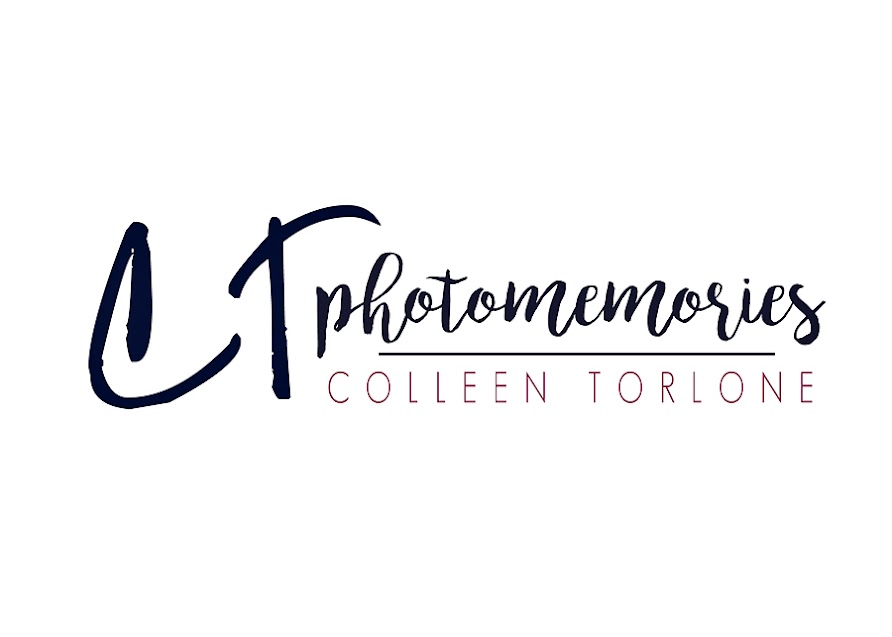Popular Posts
-
This is my first trial at screen recording...(there are some definite microphone issues that I need to address) Would love your feedbac...
-
So, why do I edit in black and white and not include the color in my galleries in some instances? This has to do with some philosop...
-
Light can often be the difference between a good picture and a "not so good" picture (because remember, AT LEAST it's a pictur...
-
A couple weeks ago I was asked to speak at the Middle School Photography Club. You all know that I still have a heart for teaching...I lov...
-
I've had a few FULL family sessions here lately... When I used to shoot weddings, I had lots of large group images to shoot as well......
-
2015 has ended and 2016 has begun...and with that come New Year's Resolutions!!! And often, it comes with a Christmas gift of a new...
-
I don’t like criticism. I’m just being honest. I tend to be a perfectionist and I want it to be perfect NOWI It can be difficult to accept...
-
Today is my birthday...woot woot!!! So, in honor of that AND {Teach It Tuesday} I thought I'd give a few tips on how to photograph a b...
-
I take pictures... I take pictures a lot... I take a lot of pictures... They aren't all perfect...I don't have a secret formul...
About
Hi! Glad you stopped by! Be sure to check out the ABOUT COLLEEN tab at the top of this blog to find out more about "yours truly"














